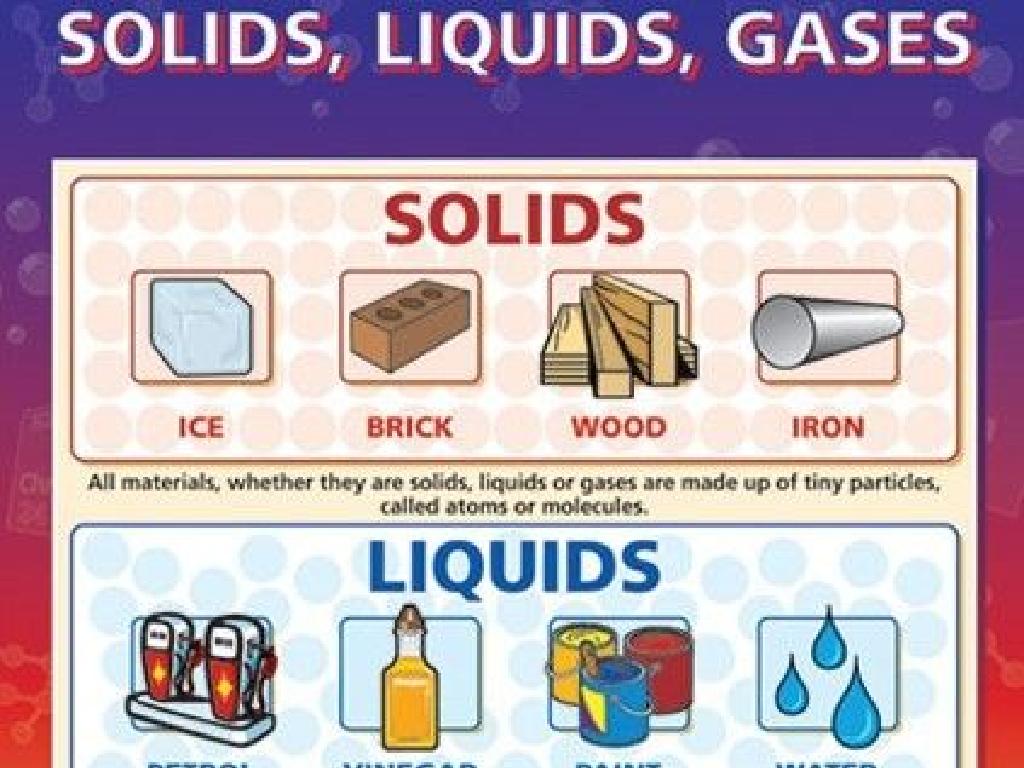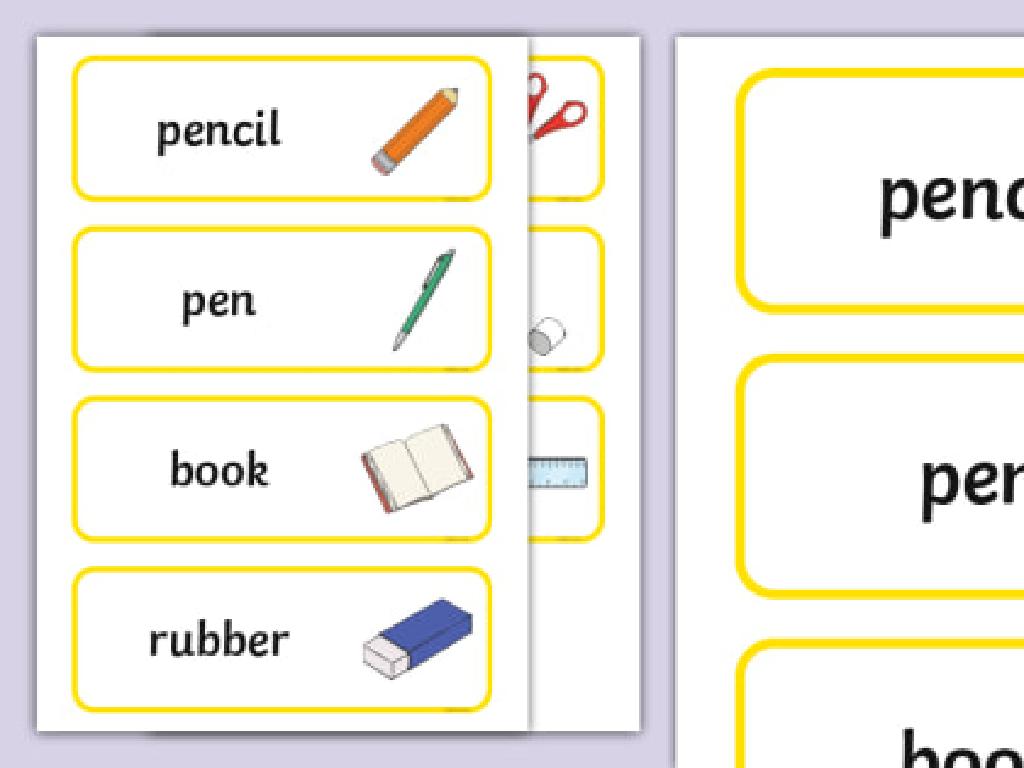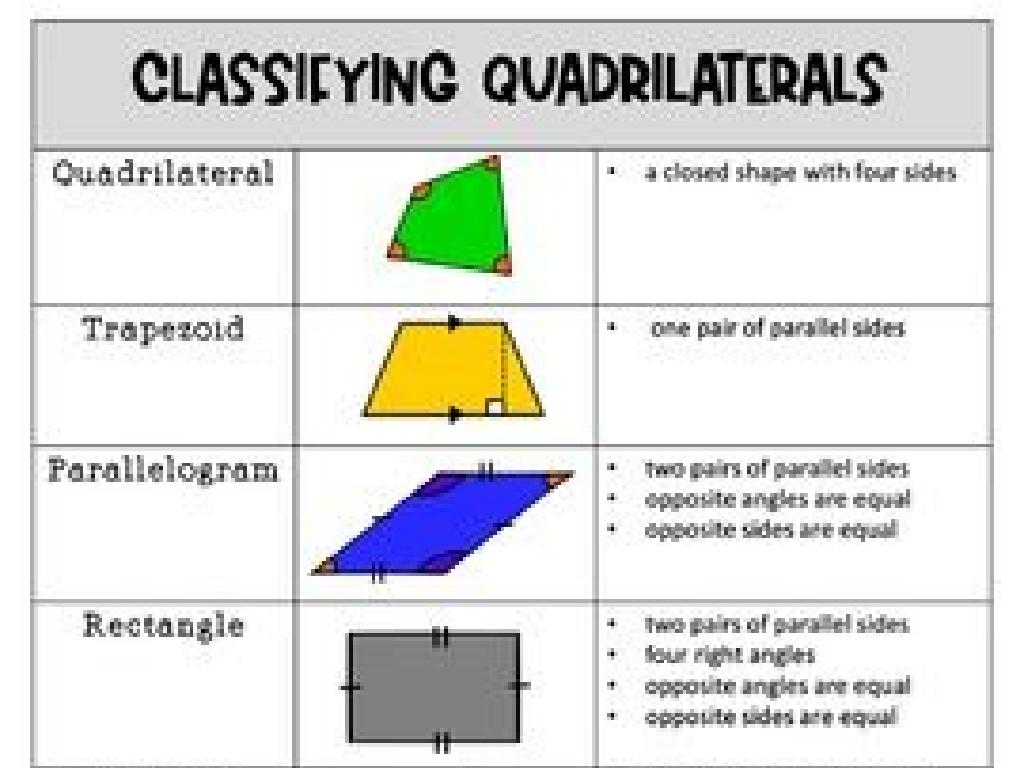Use Thesaurus Entries
Subject: Language arts
Grade: Seventh grade
Topic: Reference Skills
Please LOG IN to download the presentation. Access is available to registered users only.
View More Content
Welcome to Reference Skills: Using a Thesaurus
– Power of word choice
– Words shape meaning and tone in communication.
– Thesaurus explained
– A book of synonyms and antonyms, aiding in finding the right word.
– Thesaurus significance
– A thesaurus helps in improving vocabulary and writing skills.
– Enhancing language arts
– Use it to make writing more vivid and precise.
|
This slide introduces students to the importance of word choice and the role of a thesaurus in enhancing their language arts skills. A thesaurus is not just a book; it’s a tool that helps find the perfect word to express an idea, emotion, or action, making writing more effective. Emphasize that using a thesaurus can transform simple writing into something more engaging and precise. Encourage students to use a thesaurus in their next writing assignment to see the difference in their word choice and the overall quality of their work. Discuss how a rich vocabulary can improve both comprehension and communication skills.
Exploring Thesauri in Language Arts
– Thesaurus: A synonym/antonym tool
– A reference for finding words with similar or opposite meanings.
– Types: Print and digital versions
– Both traditional books and online platforms serve as thesauri.
– Thesaurus organization
– Entries are usually organized alphabetically and by meaning.
– Enhancing vocabulary with a thesaurus
|
Introduce the concept of a thesaurus as a valuable tool in language arts for finding synonyms and antonyms, which are words with similar or opposite meanings, respectively. Explain the different formats of thesauri available, including print versions like books and digital versions accessible online or via software. Discuss how a thesaurus is typically organized, often alphabetically and by ideas or concepts, to help users easily find the words they are looking for. Emphasize the importance of using a thesaurus to enhance vocabulary, improve writing skills, and avoid repetition in written work. Encourage students to practice looking up words and to familiarize themselves with the layout and structure of a thesaurus.
Exploring Thesaurus Entries
– Components of a thesaurus entry
– Entry word, part of speech, synonyms, antonyms
– Navigating a thesaurus: guide words
– Guide words at the top help find words quickly
– Interpreting thesaurus entries
– Understand how to use the listed synonyms and antonyms
– Practical example: ‘Bright’
– ‘Bright’: adj. synonyms – luminous, vivid; antonyms – dim, dull
|
This slide aims to familiarize students with the structure and use of a thesaurus, an essential reference tool for enhancing vocabulary. Begin by explaining the parts of a thesaurus entry, including the entry word, its part of speech, and lists of synonyms and antonyms. Show students how to use guide words to navigate a thesaurus efficiently. Provide an example entry for the word ‘Bright’ and demonstrate how to interpret the information given, such as understanding that ‘luminous’ and ‘vivid’ are synonyms that can replace ‘bright’ in a sentence, while ‘dim’ and ‘dull’ are opposites. Encourage students to use a thesaurus to find synonyms and antonyms for their writing assignments to make their work more expressive and precise.
Using a Thesaurus to Enhance Writing
– Use synonyms to avoid repetition
– Find words with similar meanings to make writing more interesting.
– Select words fitting the context
– Not all synonyms will fit; consider the sentence’s meaning.
– Expand vocabulary via thesaurus
– A thesaurus is a tool that lists words grouped together based on similarity of meaning.
– Practice choosing precise words
– Try replacing common words with more descriptive ones to improve your writing.
|
This slide aims to teach students how to use a thesaurus effectively to improve their writing skills. By using synonyms, students can avoid unnecessary repetition and make their writing more engaging. It’s important to choose words that not only fit the context but also convey the right tone and level of formality. Encourage students to regularly consult a thesaurus to learn new words and expand their vocabulary. As an activity, students can rewrite a paragraph using a thesaurus to find alternatives for overused words, ensuring that the new words are appropriate for the context.
Thesaurus Treasure Hunt Activity
– Find ‘happy’ synonyms
– e.g., joyful, elated, content
– Find ‘sad’ synonyms
– e.g., sorrowful, gloomy, downcast
– Find ‘walk’ and ‘run’ synonyms
– e.g., stroll, saunter, dash, sprint
– Create and share sentences
– Use new words in original sentences
|
This class activity encourages students to explore the thesaurus and expand their vocabulary by finding synonyms for common words. Students will look up ‘happy’, ‘sad’, ‘walk’, and ‘run’ in a thesaurus and list the synonyms they find. They will then construct sentences using each of the new words they’ve discovered. This exercise not only helps with understanding the use of a thesaurus but also with applying new vocabulary in context. For the teacher: Prepare a list of synonyms for each word as a backup, guide students on sentence structure, and ensure each student shares at least one sentence with the class to foster public speaking skills.
Class Activity: Crafting a Thesaurus Entry
– Select a word for research
– Find synonyms and antonyms
– Create your thesaurus entry
– Include part of speech, definition, synonyms, antonyms
– Get ready to present in class
|
This activity is designed to enhance students’ understanding of vocabulary and the use of a thesaurus. Students will choose a word, preferably one they are not very familiar with, to expand their vocabulary. They will then use various resources to find synonyms and antonyms for their selected word. Students should create a thesaurus entry that includes the word’s part of speech, definition, a list of synonyms, and antonyms. Encourage creativity in the presentation of their entry. Possible activities: 1) Pair students to peer review each other’s entries. 2) Create a class thesaurus with all the entries. 3) Use the words in a creative writing assignment. 4) Hold a contest for the most comprehensive entry. 5) Have students use their words in sentences to demonstrate understanding.
The Value of a Thesaurus
– Recap thesaurus usage
– Review steps to look up synonyms and antonyms
– Significance of word choice
– Effective communication relies on precise vocabulary
– Enhance writing with a thesaurus
– Using varied words makes writing interesting
– Apply thesaurus in future tasks
– Challenge: Use a thesaurus for your next essay
|
This slide aims to reinforce the lessons on thesaurus use, emphasizing its importance in selecting the most appropriate words for clear and effective communication. Highlight the impact of word choice on the reader’s understanding and engagement. Encourage students to regularly consult a thesaurus to diversify their vocabulary and enhance their writing skills. As a practical application, propose that students use a thesaurus in their upcoming writing assignments, challenging them to replace common words with more precise synonyms. This practice will not only improve their writing but also expand their vocabulary.






